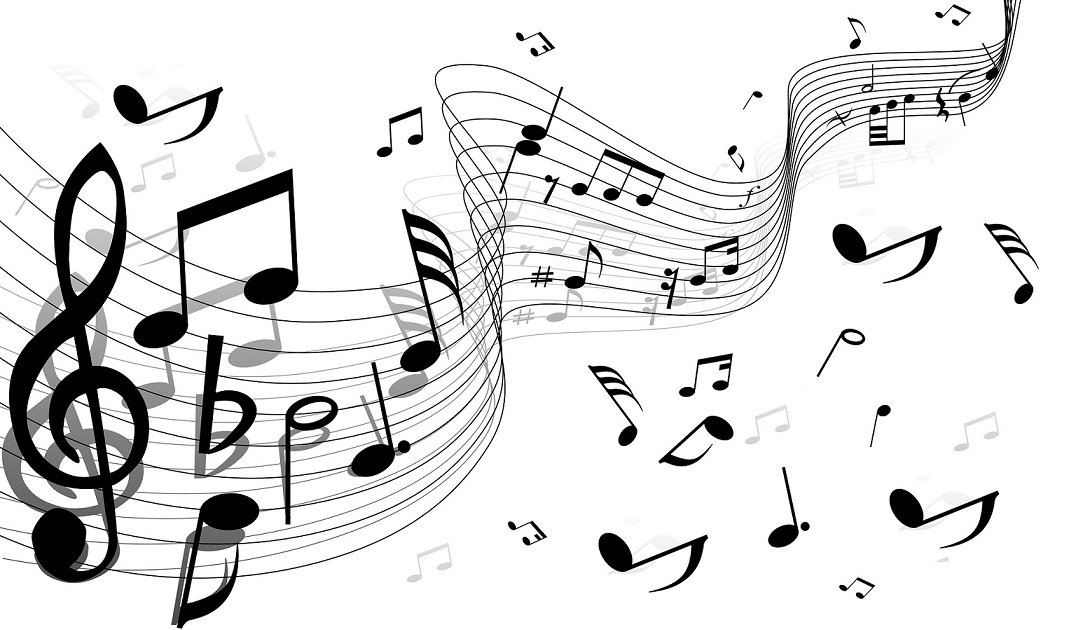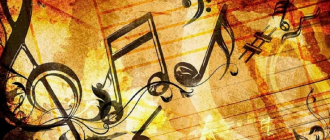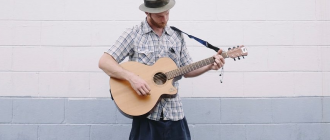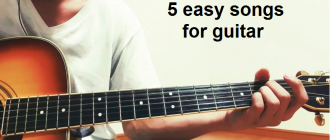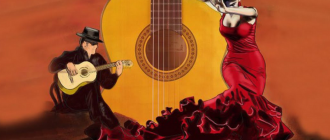The musical notes are do re mi fa sol la si. Their names have a curious origin and are written on the staff according to their pitch and duration. These notes can also have accidentals and can be written in one clef or another depending on the instrument you play.
The name of the musical notes: The origin
The musical notes as we well know are DO RE MI FA SOL LA SI. Their origin is known to some and not so well known to others:
- First of all, Christ was baptized by John the Baptist. In the eighth century a Benedictine historian and monk namedPaul the Deacondedicated the following verses to him:
Ut queant laxis
Resonare fibris
Mira gestorum
Famuli tuorum
Solve polluti
Labii reatum
Sancte Ioannes.
- Then another monk and musicologist named Guido of Arezzo took the first syllables of this poem: Ut, re, mi, fa, fa, sol, la. This was a way of remembering the musical notes that appeared on a much more ancestral pentagram than the one we have now.
- Then a gentleman named Anselmo de Flandes changed the two initials of the last phrase to give us the note SI, which until then was not played because it was considered diabolical.
- In the 17th century, another Italian musicologist named Giovanni Battista Doni changed the syllable UT to DO. And that’s how we got the musical notes:
DO RE RE MI FA SOL SOL LA LA SI
However, in Anglo-Saxon countries, the SI grade is called TI, due to the influence of an English pedagogue named Sarah Ann Glover.
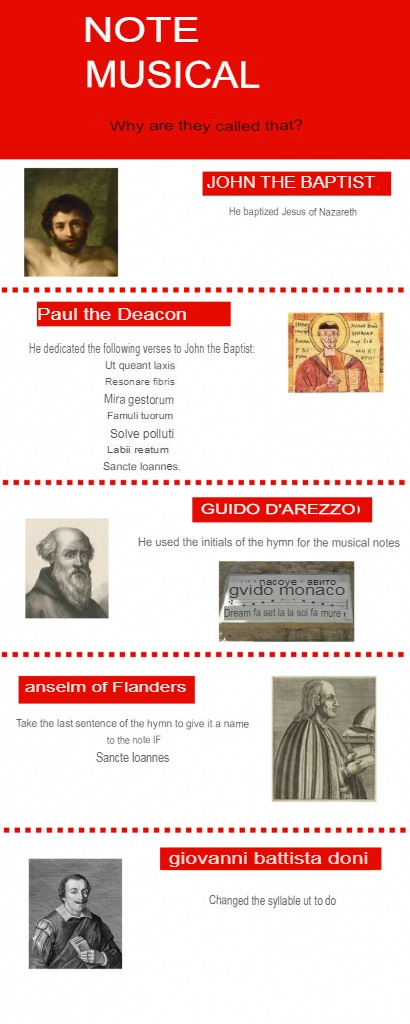
What are the 7 musical notes?
Each musical note or sound is represented by its name and by its spelling or writing. Here are the notes C, D E, F, G, A, B, B, C in order; this is called a scale:

These notes can be repeated in a staggered upward or downward manner as much as the musical instrument you play allows. That topic is covered in este post sobre cómo aprender a leer las notas.
What are the letters that represent the musical notes?
The musical notes are represented by the following letters. This is called American cipher and serves to designate the notes and also the chords.

What about the 12 musical notes? The use of accidentals
On the other hand, the musical notes as we know them are not only seven but twelve. To make them 12 we use the same 7 notes that we know but we add in front of them some símbolos which are called sharps or flats.

The 12 sharp sounds:

The 12 sounds with flats:

Here I see more than 12 notes, why?
Because the same sounds can be written in different ways, this is called enarmonía. Here are the equivalences:

They have different names but are the same sound.
Musical keys and notes
As you know, at the beginning of the staff there is a symbol called the clef. These musical clefs, depending on the line they are placed on, will give us the name of the musical note they represent and are used for different types of instruments and voices according to their tessitura. For example, the most used musical clefs are:

That’s a lot of clefs and there are even more that are no longer used but don’t worry. If you are going to play guitar you only have to worry about the treble clef and the bass clef if you want to play bass.
The other clefs are used by instruments such as the viola, alto trombone, bassoon, etc. So we will not go into details as this is not the subject of this post about musical notes.
The duration of musical notes
These musical notes pueden ser de distintos tipos. The most used in music are the semibreve, the half note, the crotchet, the quarter note, the eighth note and the sixteenth note. And according to the type of note it is, its duration changes.
In other words, a musical note is classified according to its pitch on the staff and its duration. Here is an example of its duration in a 4/4 time signature. All this belongs to the field of music theory and can be learned step by step here.
In short, learning the origin of the musical notes, as well as knowing how they are written on the staff, knowing the clefs and the measures they have, gives us a broad view of what can be done with music, both when composing and performing, and thanks to them and the development of their writing we can enjoy classical works that have been preserved over the years.
